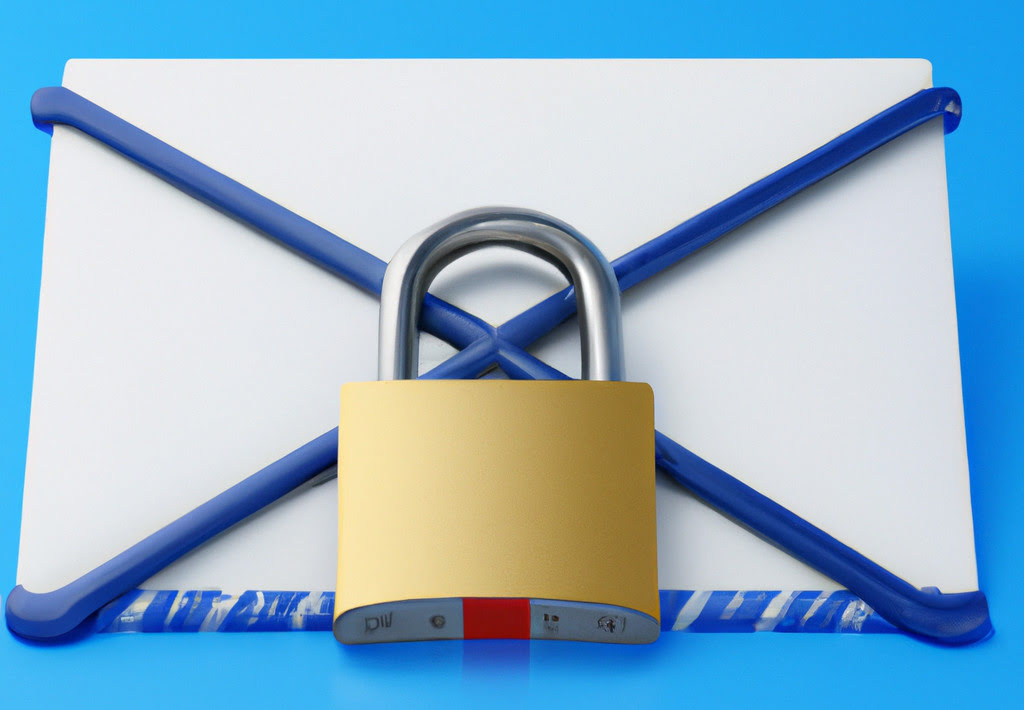
March 2nd, 2023
Introduction
Email is an important mode of communication, and it is used by individuals, businesses, and organizations to exchange information. However, email has become a prime target for cybercriminals who exploit vulnerabilities in email systems to launch attacks like phishing, spoofing, and spamming. To prevent such attacks, various email authentication protocols have been developed, including SPF, DKIM, and DMARC. In this document, we will discuss what these protocols are and why it is important to implement them.
What is SPF?
SPF stands for Sender Policy Framework, and it is an email authentication protocol that verifies that the sender of an email is authorized to send emails on behalf of a particular domain. SPF works by adding a DNS record to a domain's DNS server that specifies which mail servers are authorized to send emails for that domain. When an email is received, the recipient's mail server checks the SPF record for the sender's domain to determine whether the email was sent from an authorized server. If the email was not sent from an authorized server, the recipient's mail server can reject the email or mark it as spam.
What is DKIM?
DKIM stands for DomainKeys Identified Mail, and it is an email authentication protocol that verifies that the contents of an email message have not been tampered with during transmission. DKIM works by adding a digital signature to the header of an email message. This signature is generated by the sender's mail server using a private key and can be verified by the recipient's mail server using a public key stored in the sender's DNS record. If the signature is valid, the recipient's mail server can be assured that the email message has not been tampered with during transmission.
What is DMARC?
DMARC stands for Domain-based Message Authentication, Reporting, and Conformance, and it is an email authentication protocol that builds on SPF and DKIM. DMARC allows domain owners to specify how their emails should be handled if they fail SPF or DKIM authentication checks. DMARC also provides reporting capabilities that allow domain owners to monitor and analyze email traffic sent from their domains. DMARC works by adding a DNS record to a domain's DNS server that specifies the email authentication policies for that domain. When an email is received, the recipient's mail server checks the DMARC record for the sender's domain to determine how to handle the email if it fails SPF or DKIM authentication checks.
Why is it important to implement SPF, DKIM, and DMARC?
Implementing SPF, DKIM, and DMARC is important for several reasons:
-
Preventing phishing attacks: Phishing attacks are a common type of cyberattack that relies on the attacker impersonating a legitimate sender to gain access to sensitive information. SPF, DKIM, and DMARC help prevent phishing attacks by verifying the authenticity of the sender's domain and ensuring that the contents of the email message have not been tampered with during transmission.
-
Reducing spam: SPF, DKIM, and DMARC help reduce spam by allowing mail servers to verify the authenticity of the sender's domain and determine whether the email message is legitimate. If the email message fails SPF or DKIM checks, the recipient's mail server can reject the email or mark it as spam.
-
Protecting your reputation: Implementing SPF, DKIM, and DMARC can help protect your reputation by ensuring that your emails are delivered to the recipient's inbox and not marked as spam or rejected by the recipient's mail server.
-
Compliance: Many regulations and standards require the implementation of email authentication protocols like SPF, DKIM, and DMARC, including HIPAA, PCI DSS, and GDPR.
Conclusion
In conclusion, implementing SPF, DKIM, and DMARC is essential for protecting your organization from cyberattacks, reducing spam, protecting your reputation, and ensuring compliance with regulations and standards. These email authentication protocols work together to verify the authenticity of the sender's domain, ensure that the email message has not been tampered with during transmission, and provide reporting capabilities for domain owners. By implementing these protocols, you can help prevent phishing attacks, reduce spam, and protect your organization's reputation and compliance status. It is important to note that implementing these protocols requires technical expertise, so it is recommended to work with a professional or service provider to ensure proper implementation and maintenance.
